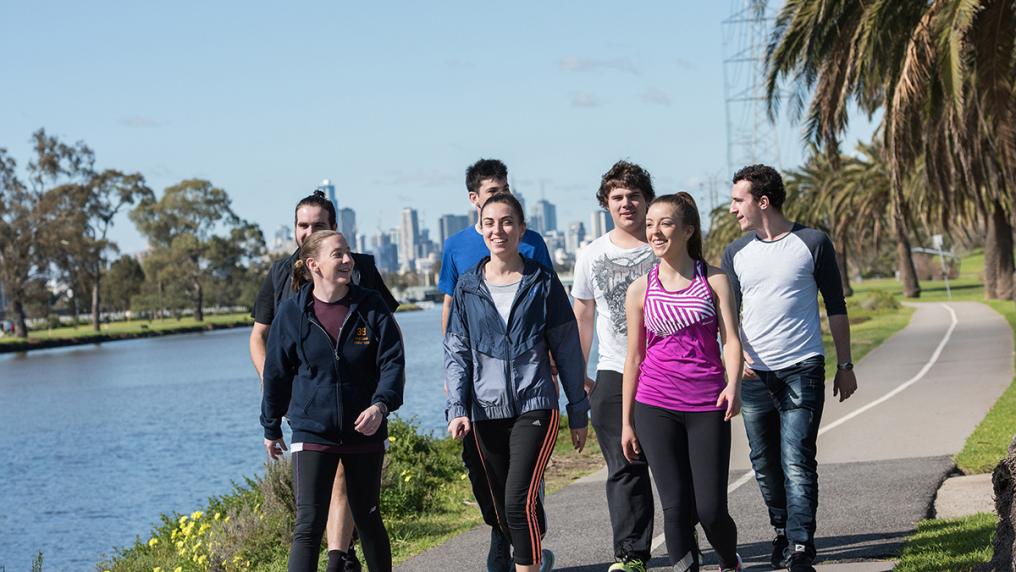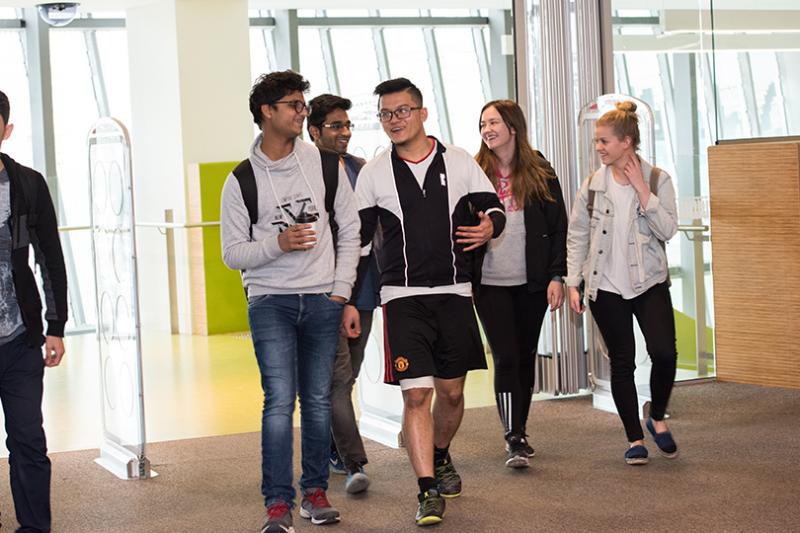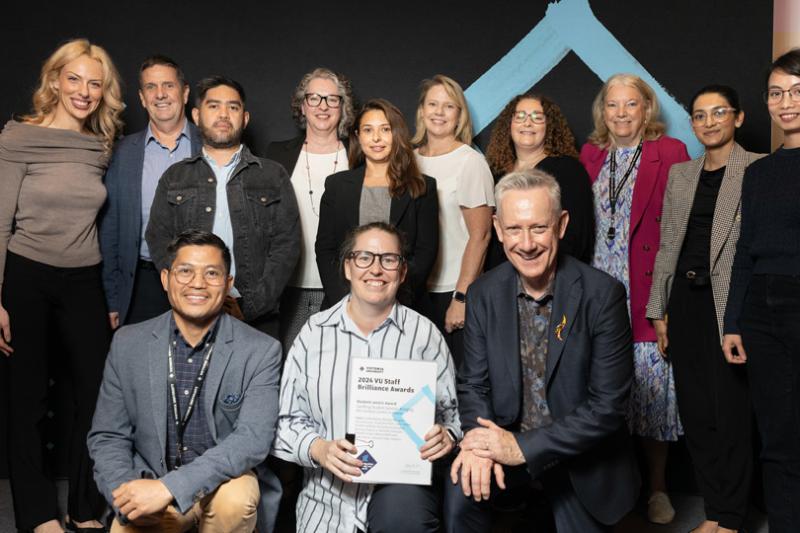Active wear helps the drive to exercise

A Victoria University study into Australia’s booming ‘active wear’ market indicates that the very act of wearing colourful leggings and Lycra tops can help encourage physical activity.
Principal researcher Associate Professor Clare Hanlon says the study suggests the growing popularity of active wear – whether or not the user is actually involved in sport as parodied in a recent online viral video – relates to Australia’s growing health consciousness.
“Australian women want to make healthier lifestyle choices. Sometimes the first step is actually associating with it, wearing something that makes you feel healthier,” she said.
The study shows Australian women want to exercise anywhere and anytime as they try to fit informal exercise into a busy schedule, with walking listed as their most popular activity.
Commissioned by the Australian Sporting Goods Association (AGSA), the first-of-its-kind study provides valuable insights about the drivers and trends for women’s active wear, an industry worth $270 billion worldwide.
Catering to a changing market
Active Wear: Forecasting future trends in female consumer behaviour suggests that the industry must better recognise and cater to a segment predicted to grow in Australia by more than 20 per cent between 2015 and 2020.
The study reveals that marketers need to rethink how exercise clothes are sold, and recognise that much of their sales growth in coming years will be online.
Manufacturers also need to realise that women are influenced in their garment selections by more than colour and price, said Associate Professor Hanlon.
AGSA Executive Director Shannon Walker said companies are quickly realising that women who purchase active wear prefer to shop at a retail outlet set up specifically for them, rather than at sports stores that traditionally cater to men.
Discovering what women want
The next step in the $140,000 study is a national survey to understand what determines how female customers choose their garments, and the best language to entice them.
The study’s other investigators are Professor Hans Westerbeek and Professor Ramon Spaaij of VU’s Institute of Sport, Exercise and Active Living, and Dr Johnathan Robertson of Deakin University.
Associate Professor Clare Hanlon is available for comment on +61 3 9919 4383.
Contact us
Dr Clare Hanlon
Associated Professor, Institute of Sport, Exercise and Active Living
[email protected]


